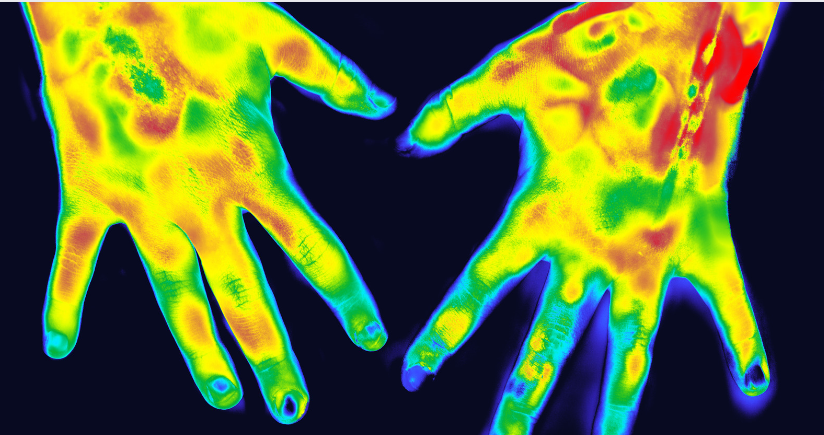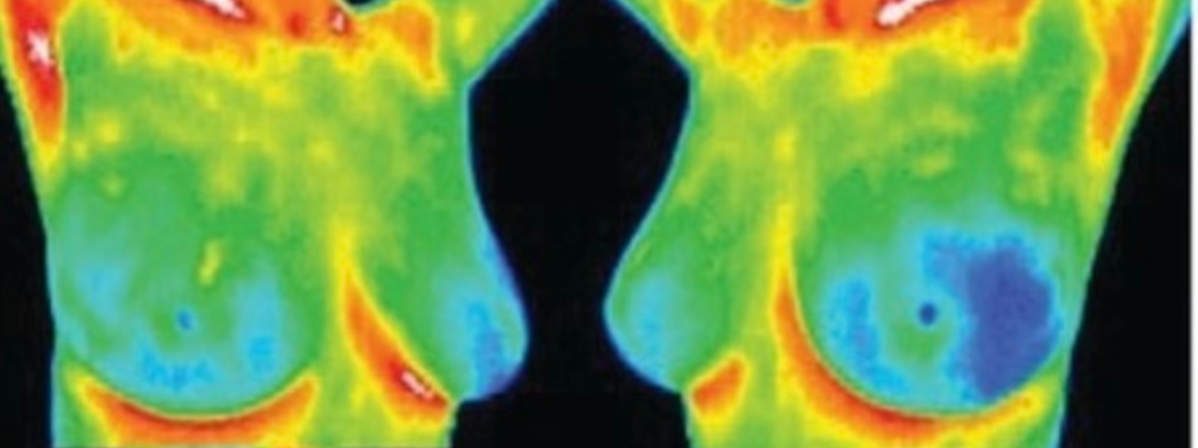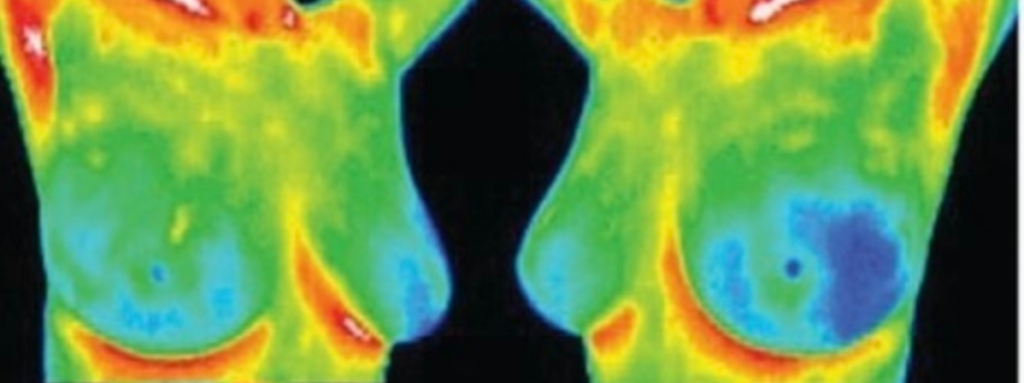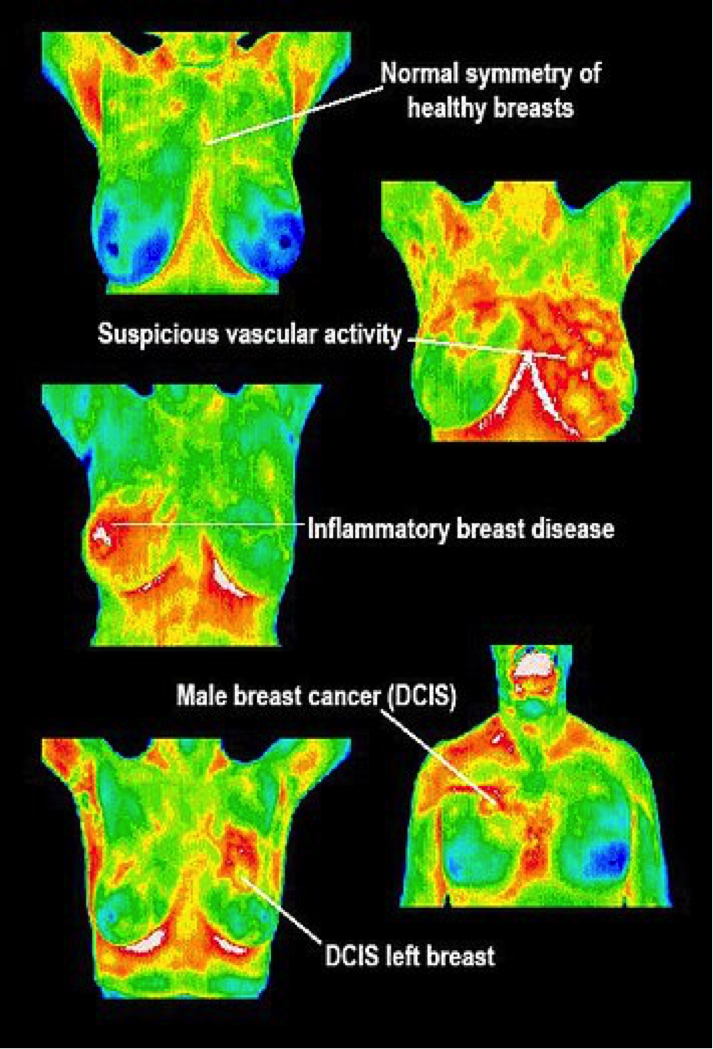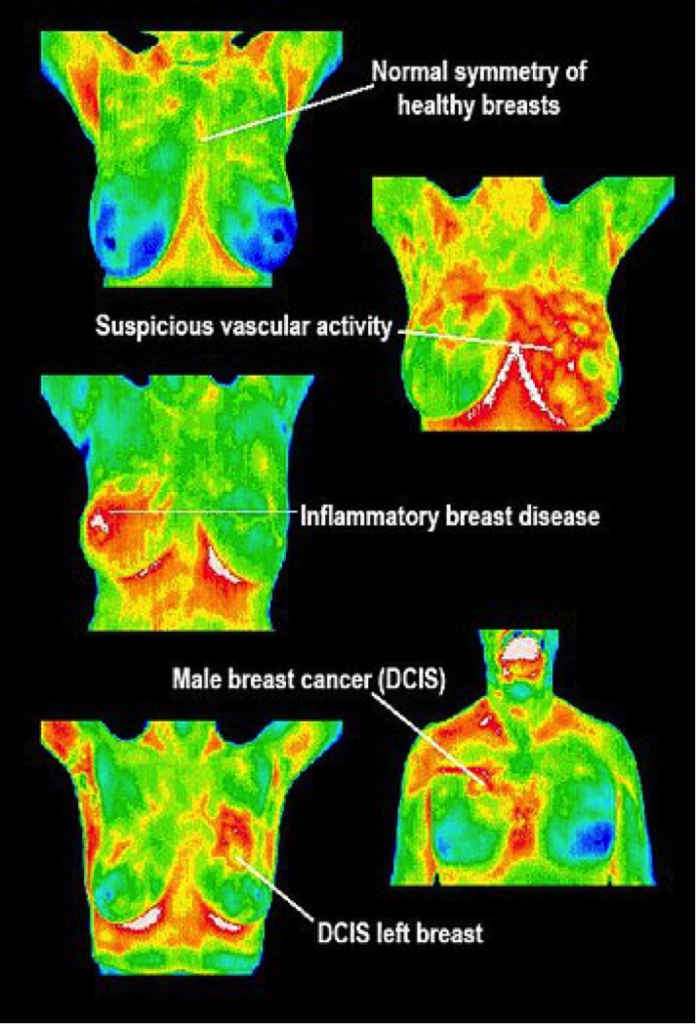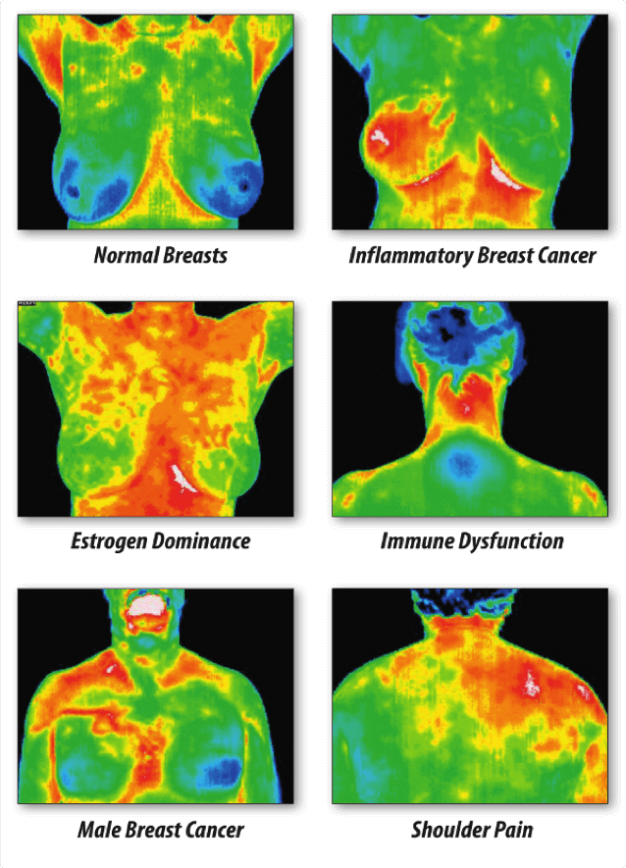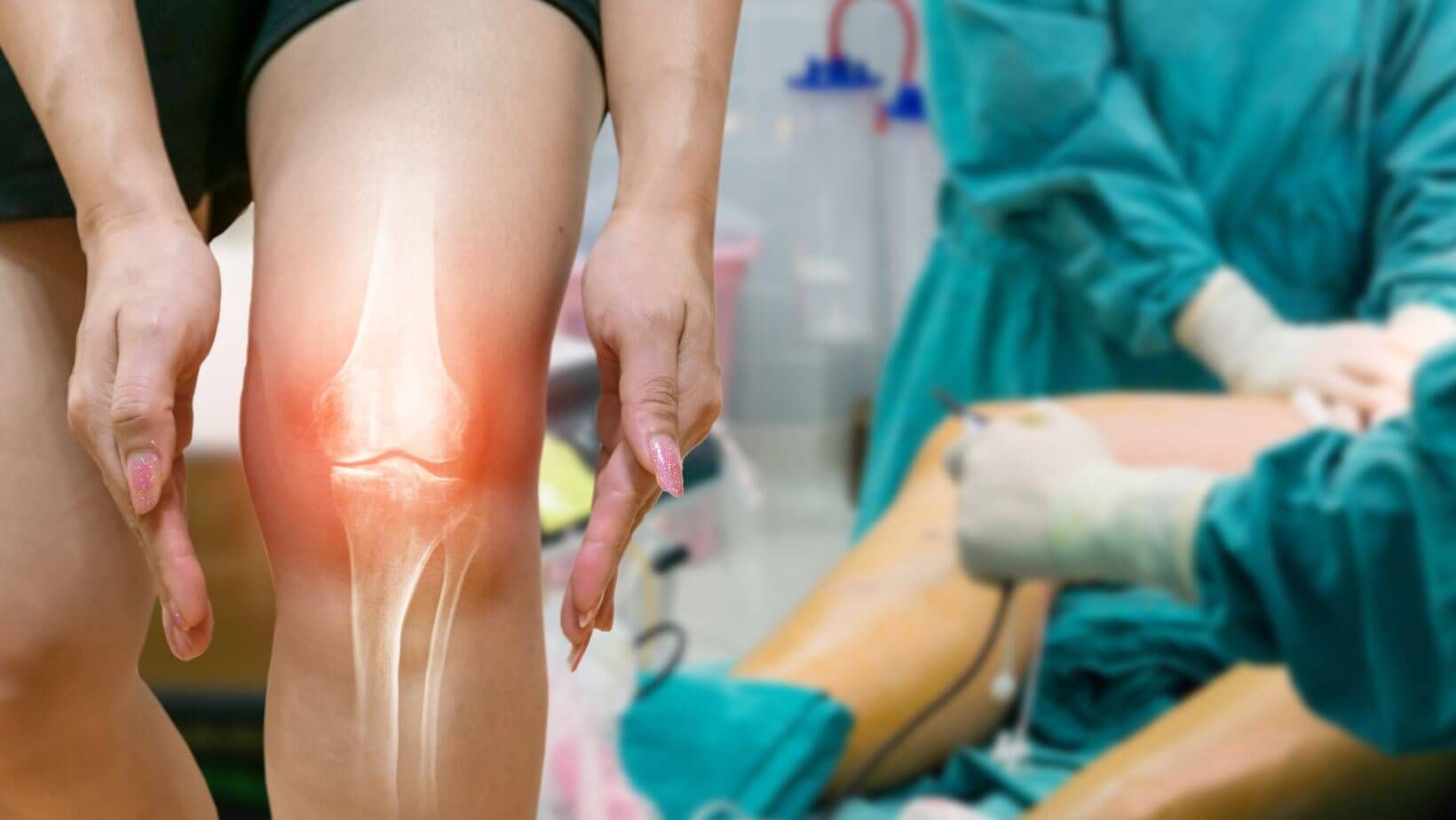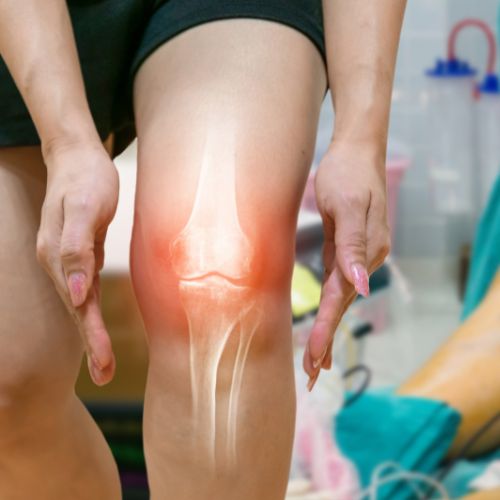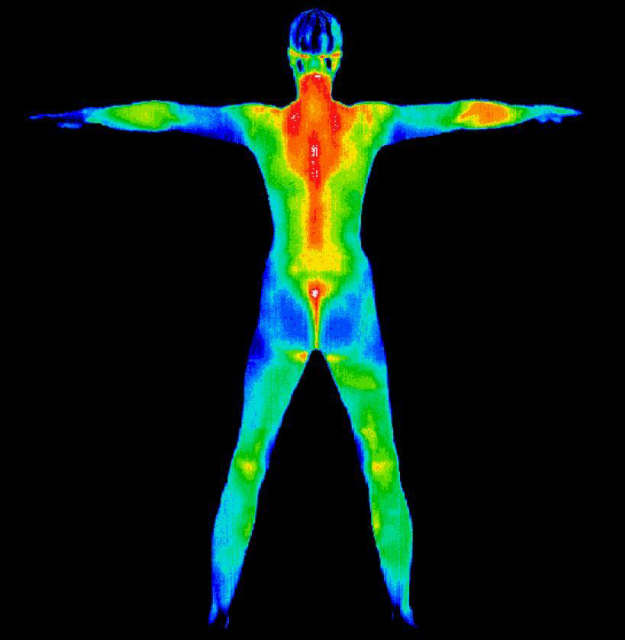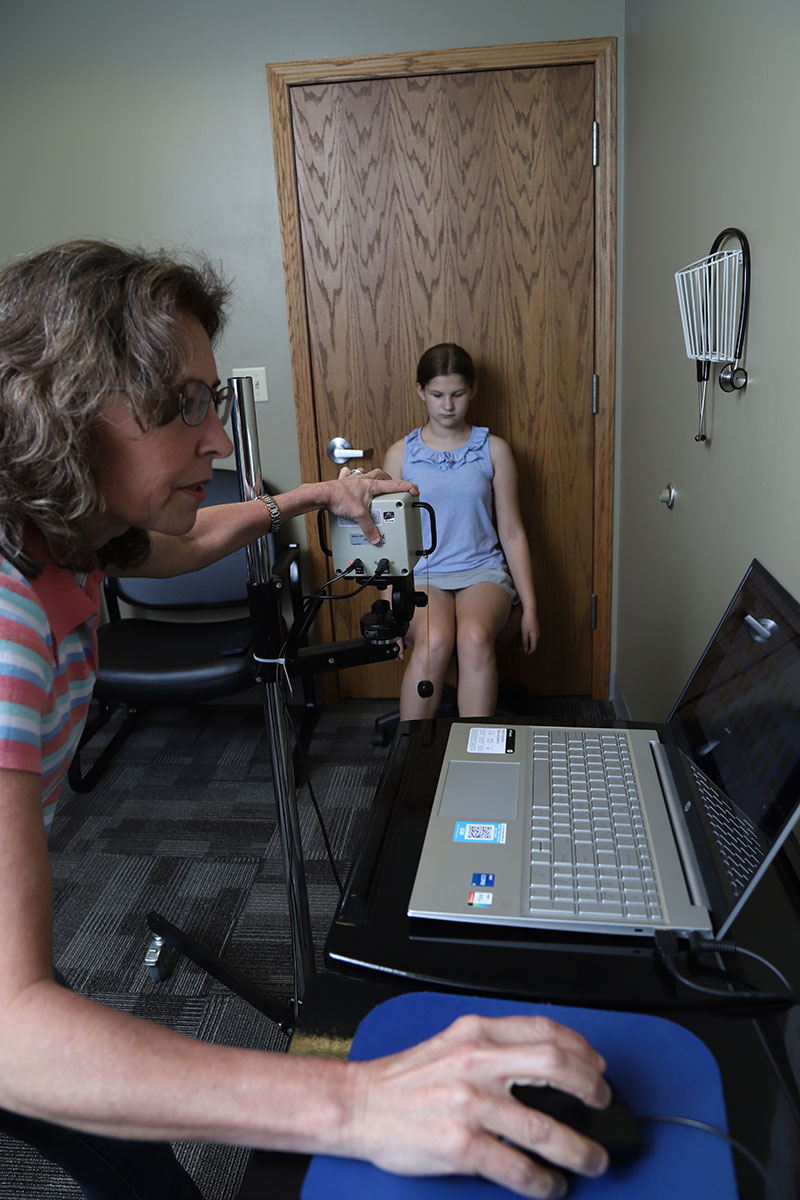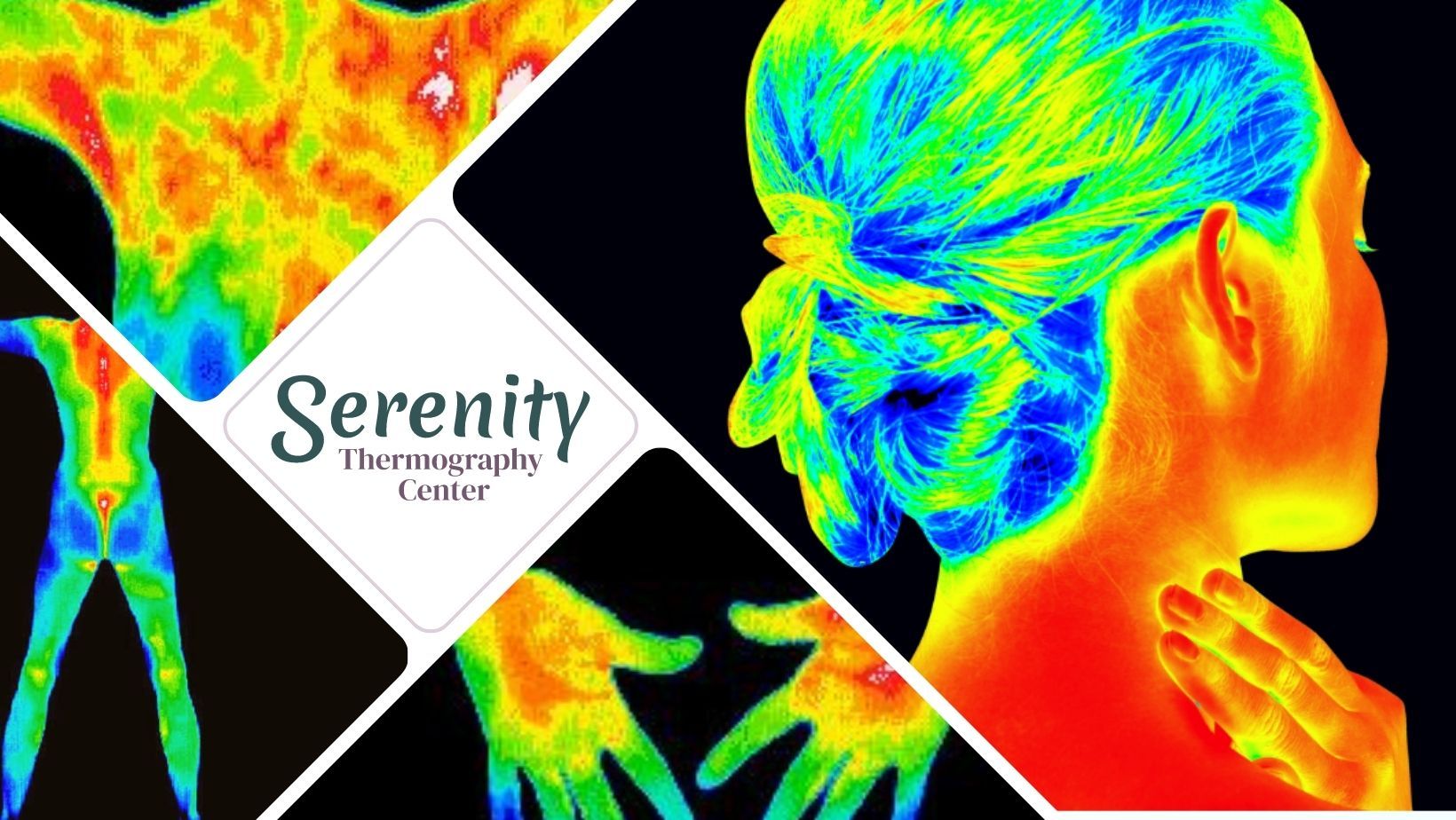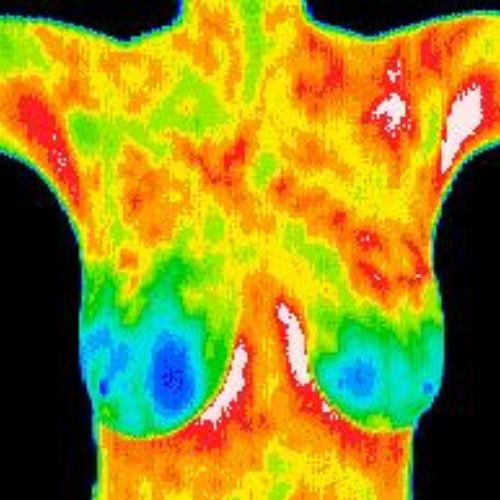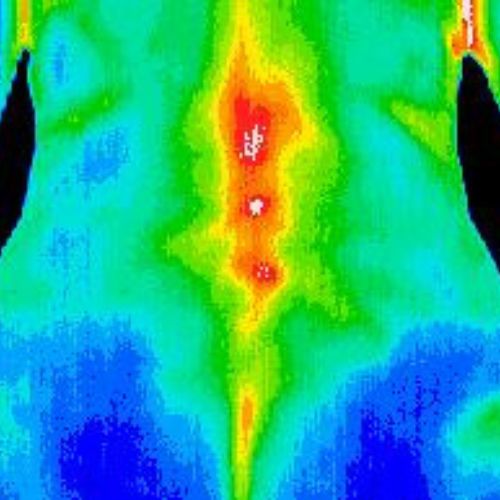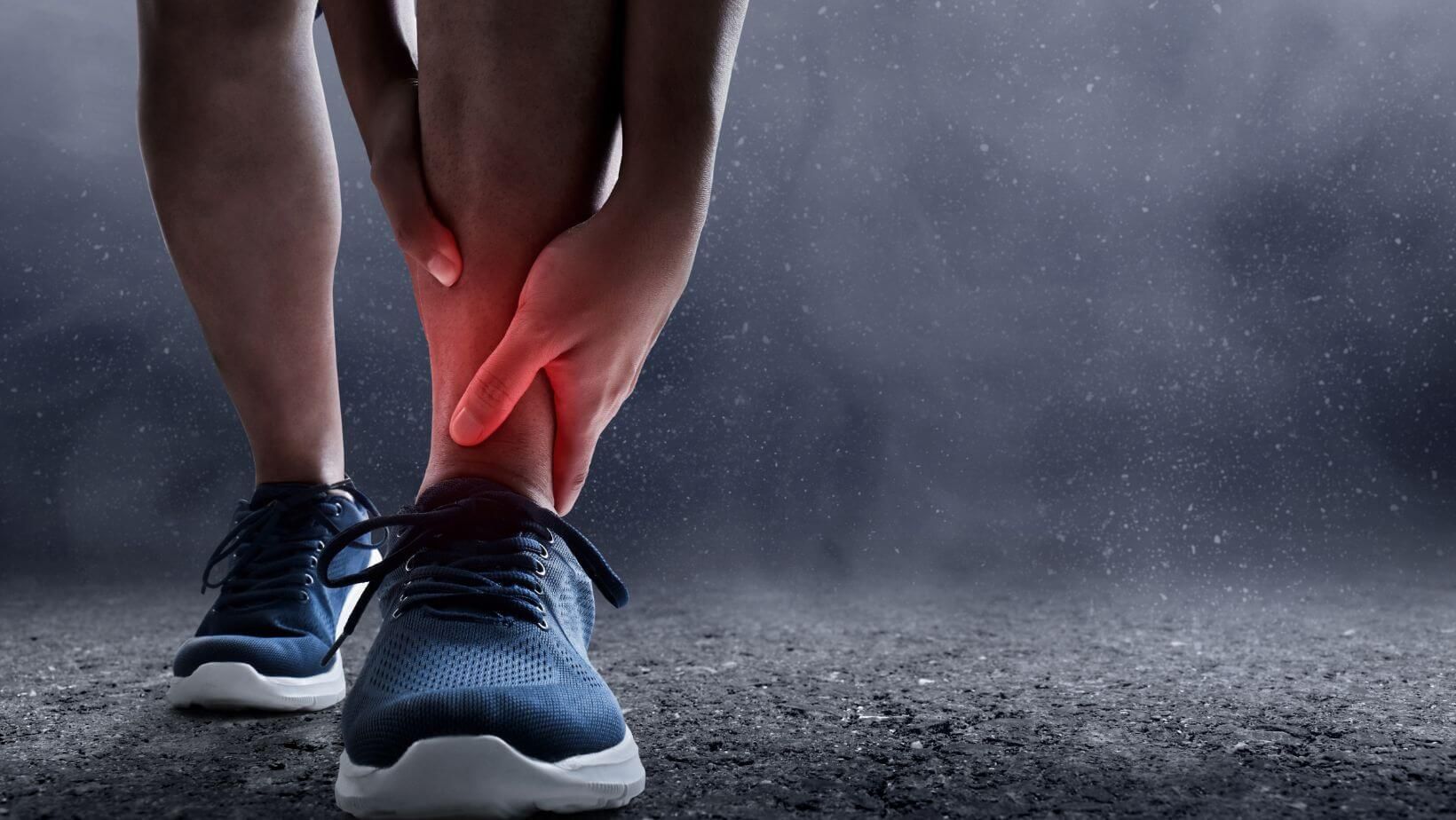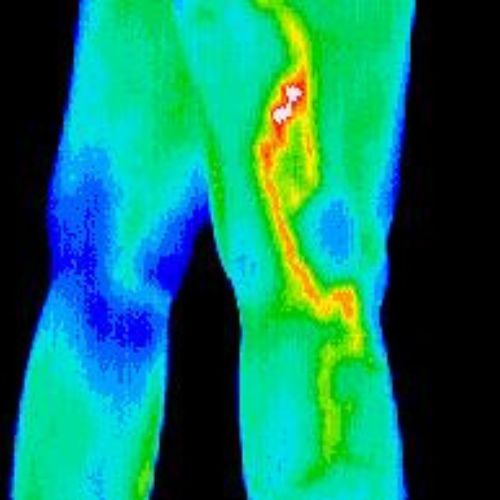Understanding Arthritis: How Thermography Offers Insight and Relief
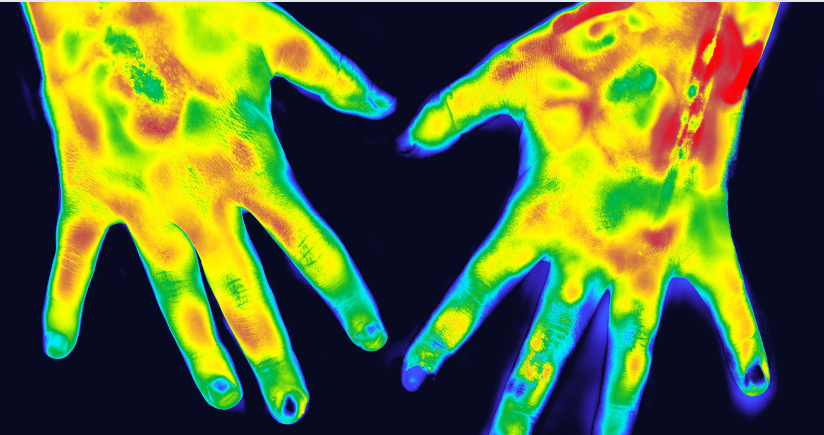
Arthritis is a common condition that affects millions of people worldwide, causing pain, and stiffness in the joints. While X-rays and MRIs are valuable, they may not always provide a comprehensive understanding of arthritis-related inflammation. Thermography, a non-invasive imaging technique, offers a unique perspective on arthritis by revealing areas of inflammation. In this blog, we’ll explore arthritis, how thermography works, and its potential benefits in managing this chronic condition.
Understanding Arthritis:
Arthritis is a term used to describe inflammation, which can result in pain, swelling, stiffness, and reduced range of motion. There are many types of arthritis, including osteoarthritis (the most common form), rheumatoid arthritis, psoriatic arthritis, and gout, each with its unique causes and symptoms. While arthritis is typically associated with aging, it can affect people of all ages and lifestyles.
The specific characteristics and underlying mechanisms of inflammation can vary depending on the type of arthritis and individual factors.
Traditional Diagnostic Methods:
Traditional diagnostic methods for arthritis, such as X-rays and MRIs often involve radiation exposure which may not be suitable for all individuals.
How Thermography Works:
Thermography, also known as infrared imaging, is a non-invasive imaging technique that captures heat patterns. By detecting variations in temperature, thermography can identify areas of inflammation and increased blood flow, which are common indicators of arthritis. During a scan, a thermal camera records infrared radiation emitted by the body and generates a visual map of temperature distribution.
The Potential Benefits of Thermography in Arthritis Management:
- Early Detection: Thermography may detect signs of arthritis-related inflammation in its early stages, allowing for prompt intervention and treatment.
- Non-Invasive: Unlike traditional imaging methods, thermography is non-invasive and does not involve radiation or contrast agents, making it safe for repeated use and suitable for individuals with contraindications to other imaging modalities.
- Comprehensive Assessment: Thermography provides a holistic view of arthritis-related inflammation by capturing heat patterns across multiple joints simultaneously.
- Monitoring Disease Progression: Thermography can be used to monitor changes in inflammation over time, providing valuable information for assessing treatment and disease progression.
- Personalized Treatment Planning: By identifying areas of inflammation, thermography may inform personalized treatment plans tailored to address individual needs and target specific areas.
I.V. therapy for Inflammation:
Intravenous (IV) therapy, often referred to as IV infusion therapy, has gained popularity as a potential treatment for inflammation. IV therapy involves administering fluids, vitamins, minerals, and other nutrients directly into the bloodstream.
Anti-inflammatory Ingredients:
Some IV therapy formulations may include ingredients known for their anti-inflammatory properties, such as vitamin C, vitamin B complex, glutathione, magnesium, and zinc. These nutrients are believed to help reduce inflammation and support the body’s natural healing processes.
- Safety and Sterility: IV therapy should be performed in a sterile clinical setting by trained professionals to minimize complications.
Arthritis can significantly impact quality of life, but early detection and comprehensive management are key to minimizing its effects. Thermography offers a non-invasive and holistic approach to assessing arthritis-related inflammation. Thermography holds promise as a valuable tool in the multidisciplinary approach to arthritis care.
If you are living with arthritis, consider exploring thermography as part of your comprehensive treatment plan. Consult with a qualified healthcare practitioner to learn more about how thermography may benefit your overall health.
